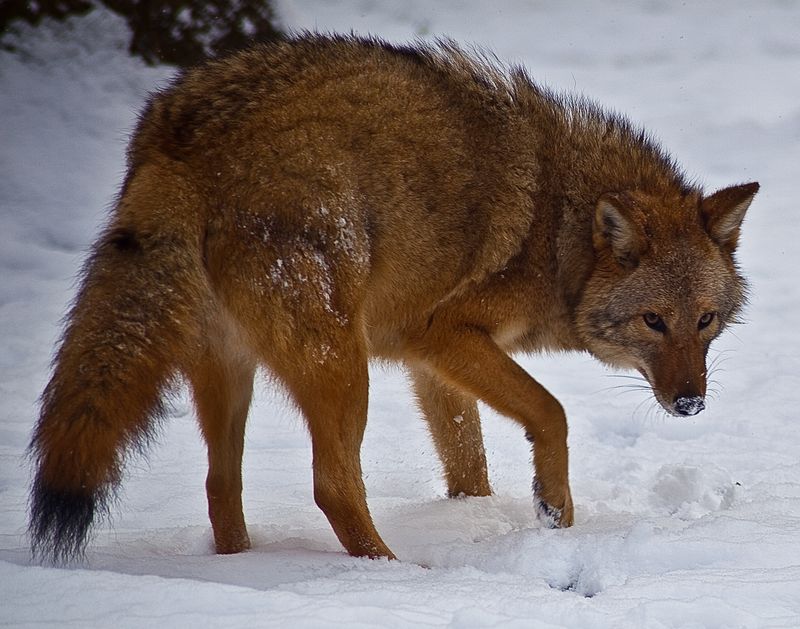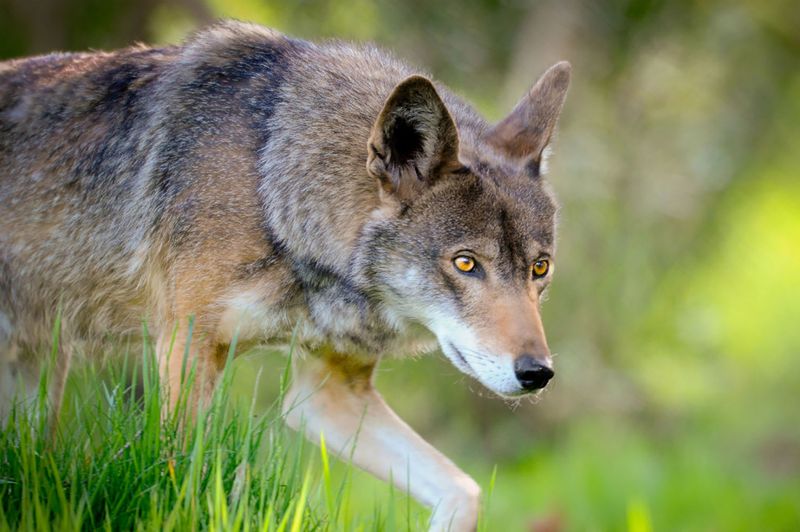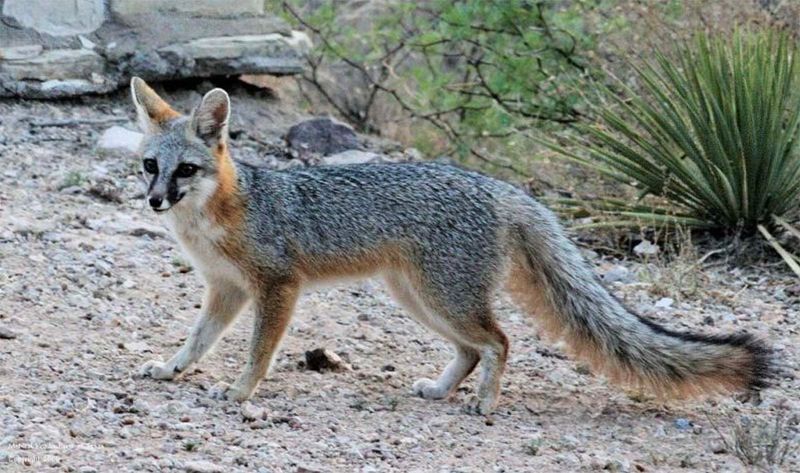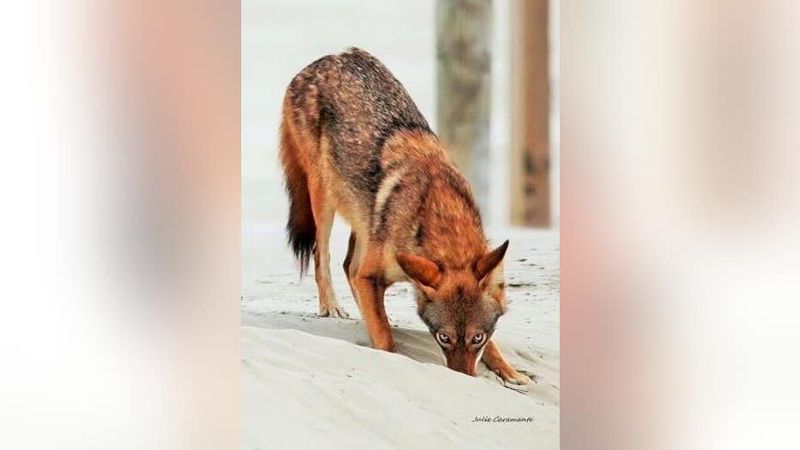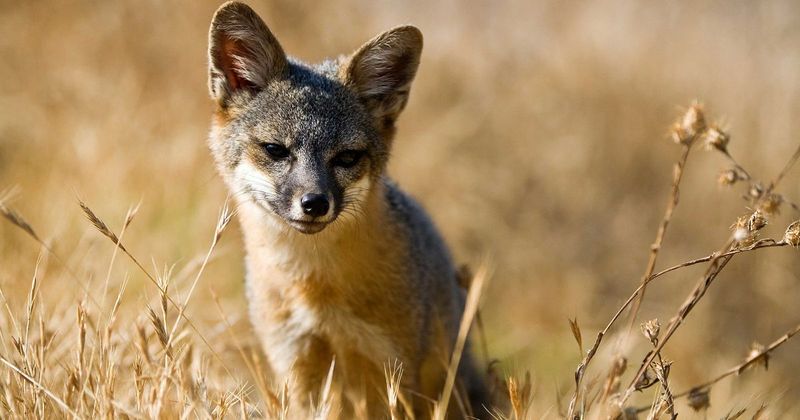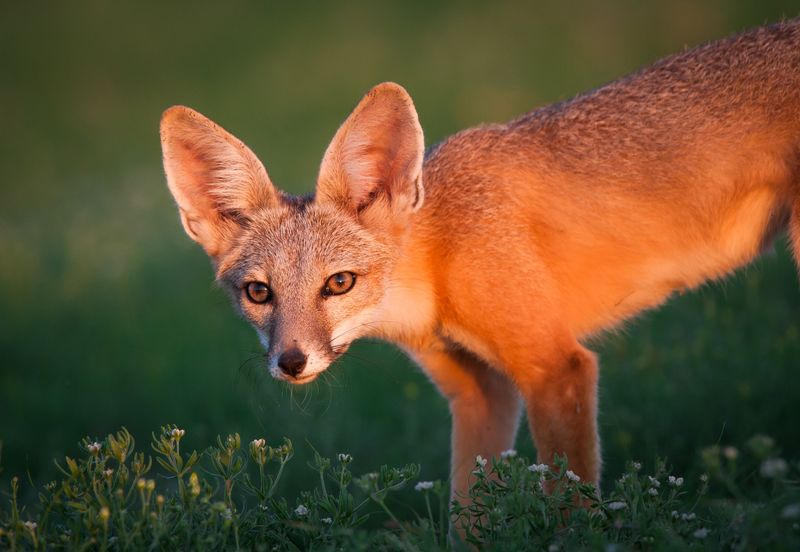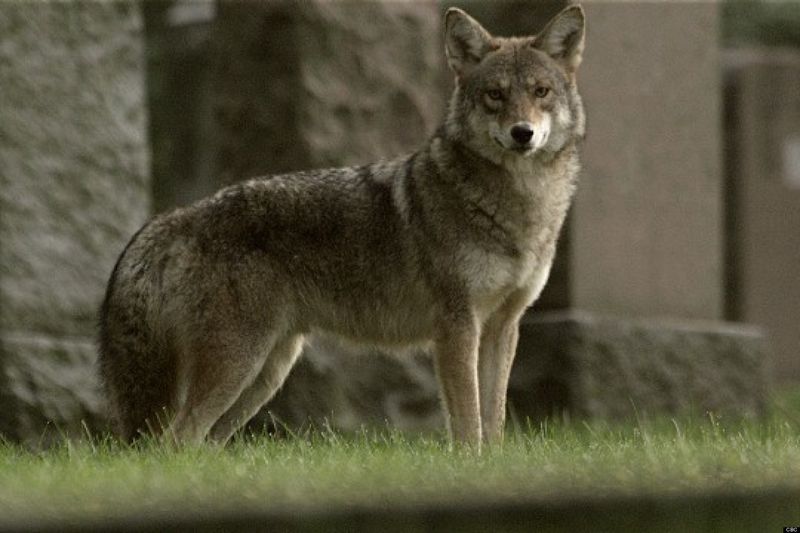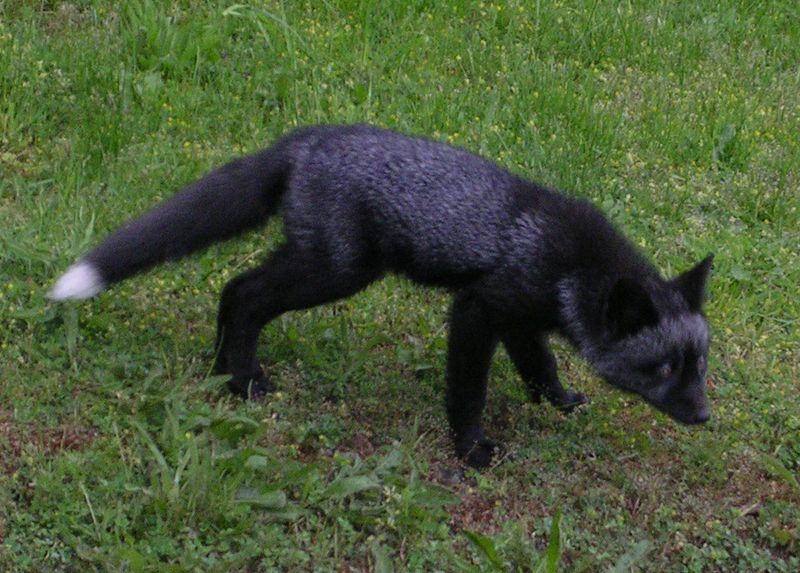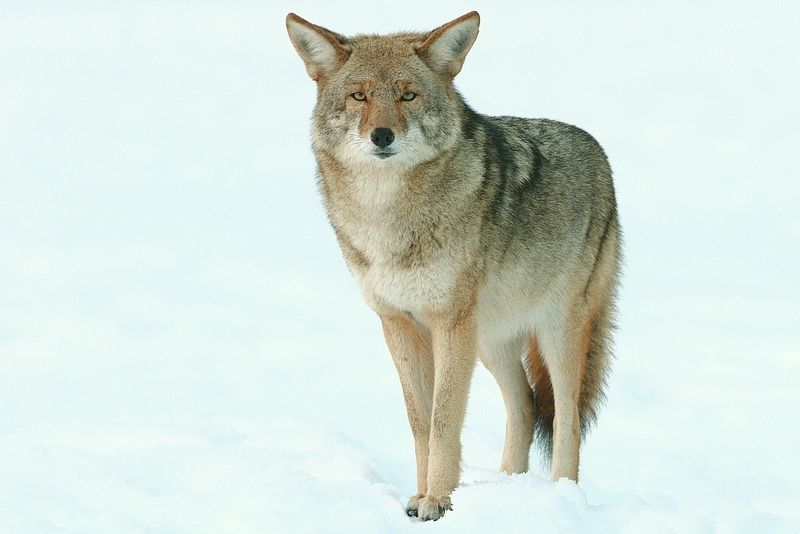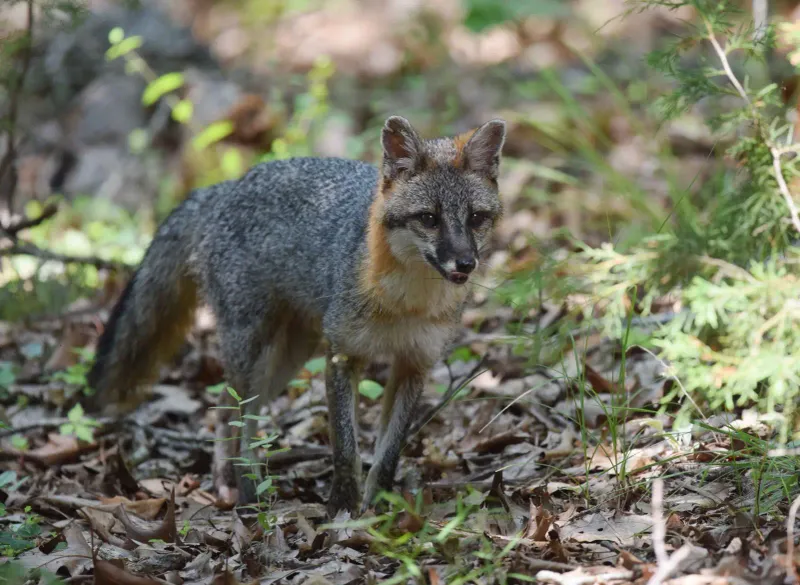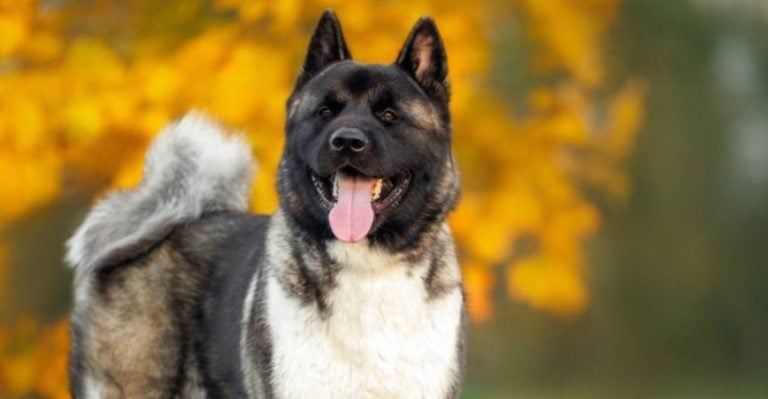10 Wild Dogs of North America You Probably Thought Were Wolves
When you think of wild dogs in North America, wolves usually steal the spotlight. Majestic, powerful, and iconic—they get all the attention. But beyond the howls and headlines lies a hidden world of canids you’ve probably never heard of.
From elusive island dwellers to mysterious desert hybrids, these under-the-radar wild dogs are rewriting what we thought we knew about North American wildlife.
Some are stealthy survivors of urban sprawl, while others are remnants of ancient ecosystems few have explored. They aren’t wolves, but they’re just as fascinating—maybe even more so.
These wild canines have adapted in astonishing ways to climate, terrain, and even human encroachment.
Ready to meet the real underdogs of the continent? Here are 10 North American wild dogs you’ve likely never heard of (and why you’ll never forget them).
1. Eastern Coyote (Coywolf)
In the forests of the northeastern United States, a hybrid like no other roams. The Eastern Coyote, often called the Coywolf, is a fascinating blend of coyote, wolf, and domestic dog genes.
This genetic cocktail has bestowed it with a size larger than the average coyote, giving it a distinct presence in its habitat.
But it isn’t just size that makes this creature intriguing. The Eastern Coyote is known for its boldness, often venturing into suburban areas in search of food. Its adaptability is remarkable, thriving in both rural and urban environments.
Interestingly, this canid is a recent arrival on the evolutionary scene, having developed in the last century. Its story is a testament to nature’s enduring adaptability and resilience in a changing world.
2. Red Wolf (Canis rufus)
Imagine a canid that blurs the lines between wolf and coyote.
The Red Wolf, with its russet fur and slender build, is not your typical wolf. Critically endangered, this species calls the southeastern United States home, though it once roamed more expansively across the region.
Genetically, Red Wolves are closer to coyotes than to their larger wolf cousins, adding an intriguing twist to their story. Despite their rarity, conservationists are working tirelessly to ensure their survival in the wild.
They embody a crucial piece of the region’s ecological puzzle, helping to maintain the balance in their habitat. Their struggle for survival is a poignant reminder of the delicate interplay between nature and human development.
3. Mexican Gray Fox (Urocyon cinereoargenteus scottii)
In the arid expanses of the American Southwest and Mexico, the Mexican Gray Fox makes its home.
A lesser-known subspecies of the common gray fox, this canid thrives where others might struggle. Its desert adaptations are evident in its behavior and appearance, making it a master of its harsh environment.
While not widely recognized, it plays a vital ecological role in controlling rodent populations. Its ability to survive in such challenging conditions is a testament to its resilience and resourcefulness.
This fox’s tale is a reminder of the hidden wonders in our world, living in the shadows of more famous species. Its presence enriches the biodiversity of its habitat, a crucial player in the desert ecosystem.
4. Texas Red Wolf-Coyote Hybrids
Roaming near the Gulf Coast, the Texas Red Wolf-Coyote hybrids are creatures of curiosity and controversy. These wild hybrids, a mix of red wolf and coyote, present a unique conservation challenge.
Their existence blurs the lines of species classification, fueling debates among scientists and conservationists.
These hybrids are not just a genetic conundrum. They also face threats from habitat loss and human encroachment, making their future uncertain. Despite their precarious status, they continue to adapt and survive in their coastal homes.
Their story is a testament to the complexities of nature’s evolutionary paths, where survival often requires unexpected alliances. They are a living example of nature’s flexibility and the intricate dance of genetics and environment.
5. Island Gray Fox (Urocyon littoralis)
On California’s Channel Islands, the Island Gray Fox reigns supreme. Small and agile, it has evolved in isolation, resulting in a canid unlike any other. Roughly the size of a housecat, this fox captivates with its endearing appearance and unique adaptations.
Its small stature is not just for show. It allows the fox to navigate its island home efficiently, exploiting resources that larger predators cannot. This specialization has made it a successful inhabitant of its secluded environment.
The Island Gray Fox’s existence is a reminder of the wonders of evolutionary adaptation. Its continued survival depends on careful conservation efforts, ensuring that this tiny island resident remains a part of its unique ecosystem.
6. Chihuahua Desert Fox (Urocyon cinereoargenteus peninsularis)
In the harsh desert borderlands between the U.S. and Mexico, the Chihuahua Desert Fox makes its stand.
This rare subspecies of the gray fox is perfectly adapted to the arid environment it calls home. Its survival strategies are as intriguing as the landscape it inhabits.
With an ability to thrive in extreme conditions, this fox demonstrates remarkable resilience and adaptability. Its existence highlights the importance of biodiversity in even the most unforgiving locales.
Despite its elusive nature, the Chihuahua Desert Fox plays a vital role in its ecosystem, keeping rodent populations in check. It stands as a testament to nature’s ingenuity and the surprising ways life can flourish against the odds.
7. New England Canid (Northeastern Coywolf variant)
In the bustling streets and suburban areas of New England, a unique canid has carved out a niche: the New England Canid, a Northeastern Coywolf variant.
Unlike its wild-relatives, this creature is heavily influenced by domestic dogs, adapting seamlessly to urban life.
Its presence in cities like Boston is a testament to its adaptability and intelligence. This canid navigates the challenges of city life with a skill that rivals urban foxes.
The New England Canid’s story is a fascinating blend of nature and nurture, where wildlife adapts to human-altered landscapes.
It exemplifies the incredible ways animals can adjust to rapidly changing environments, maintaining a critical balance in the ecosystem.
8. Florida Black Fox (Melanistic Gray Fox)
Deep within the woodlands of Florida, the mysterious Florida Black Fox prowls. This melanistic variant of the gray fox is a rare sight, its sleek black coat cloaked in mystery and allure.
Seldom seen, these foxes are like shadows, slipping through their environment with ghostly grace. Their rarity makes encounters special, a glimpse into nature’s diverse palette.
The Florida Black Fox’s enigmatic presence adds a layer of intrigue to the state’s wildlife. It serves as a reminder of the hidden mysteries that nature still holds, waiting for those with keen eyes and patience to discover.
9. Northwestern Coyote
In the dense forests of the Pacific Northwest, the Northwestern Coyote resides, larger and fluffier than its southern relatives. This regional variation of the coyote is an elusive creature, seldom seen and even less often discussed.
Adapted to the cooler climates and rugged terrain, it thrives where others might struggle. Its larger size and thick fur are perfect for the environment it inhabits.
The Northwestern Coyote’s story is one of quiet persistence and survival in a region that demands resilience. It reminds us of the adaptability and diversity of life, even within species we think we know well.
10. Yucatán Gray Fox
In the lush tropical forests of southern Mexico, the Yucatán Gray Fox treads quietly. This shy creature is rarely known outside biologist circles, yet it holds a place in local myths and ecosystems.
Its elusive nature adds a sense of mystery, as sightings are as rare as they are fascinating. The fox’s role in controlling insect and rodent populations is vital to its habitat.
This creature embodies the mystique of the wild, a reminder of the undiscovered and untold stories of the natural world. Its presence in the Yucatán enriches the region’s biodiversity and cultural tapestry.

